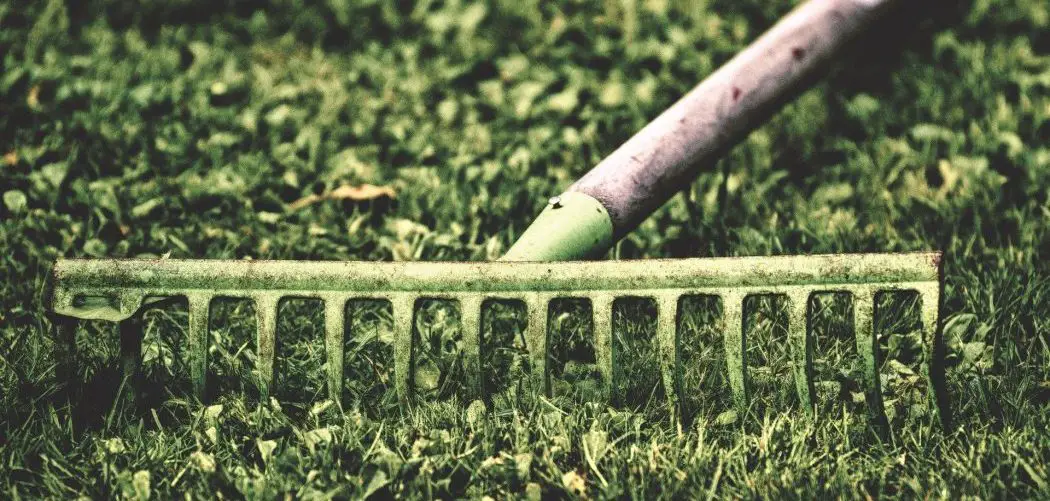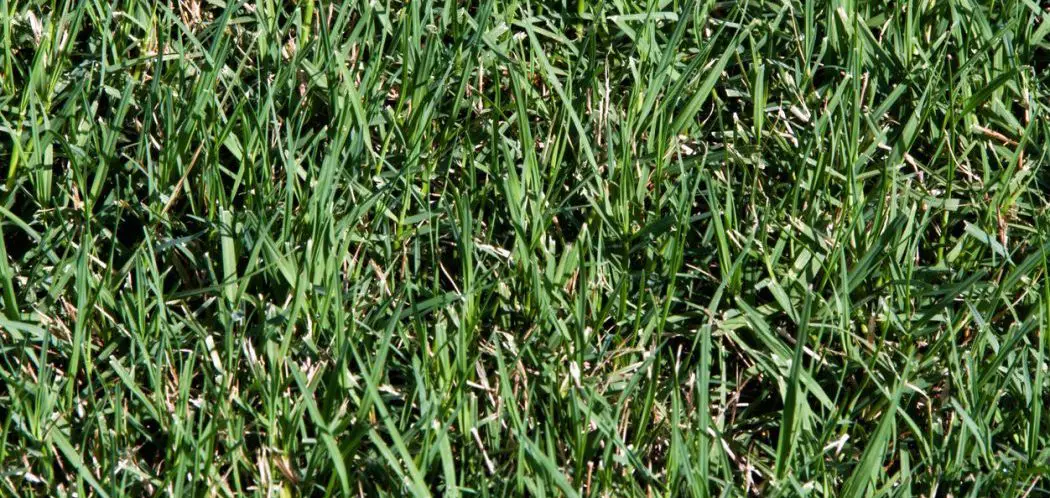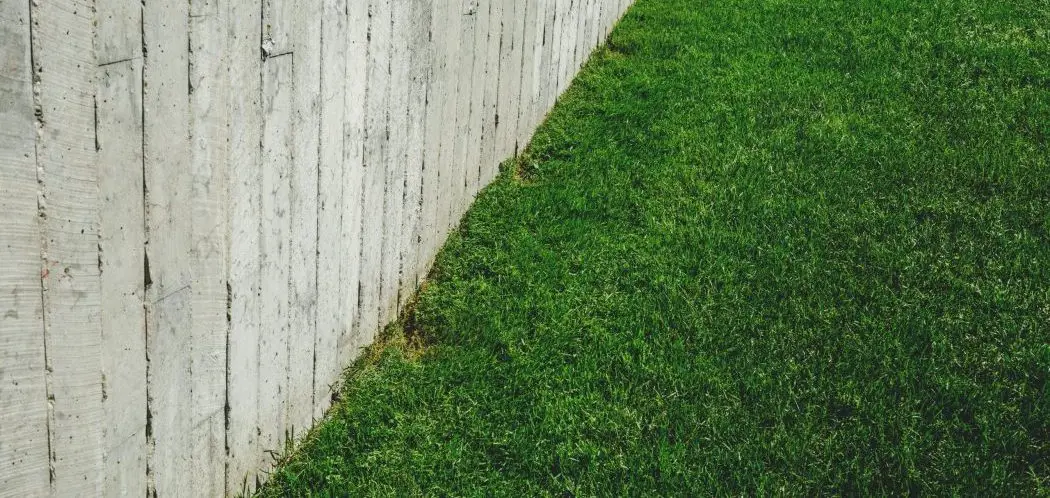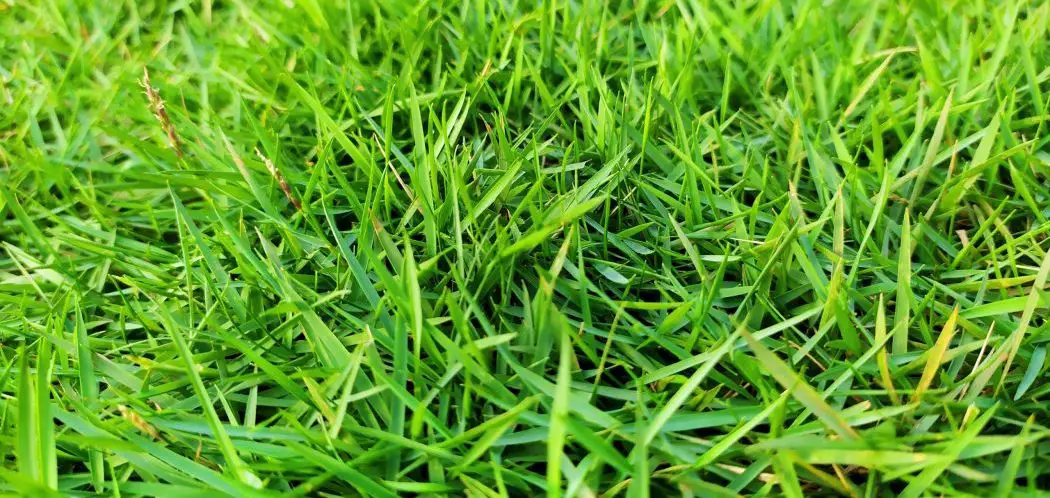You’re probably working hard to keep your lawn looking great. A good strategy is to constantly work to prevent dead patches or struggling grass from appearing on the lawn. Grass can turn discolor for different reasons. It maybe because of damage, burn or stress from drought. Sometimes it may return to it’s original state however it is possible that the grass has died and new grass needs to be seeded.
Does raking dead grass help it grow? Unfortunately raking dead grass will not make it grow. You will need to plant new seed. If your grass appears to be dead but still has life in the roots, raking can help, particularly in the spring after the winter when your grass was dormant.
Should You Rake Dead Grass?
If your grass has died completely down to the roots, raking will not bring it back to life. You should rake to remove the dead grass, but if there is no living grass underneath, you will need to plant seed. If your grass has died, you will want to determine what caused that to happen. It’s important to make sure that there is no disease in your soil before you plant new grass.
Your grass can also die if it goes through a drought and doesn’t receive enough water. In addition, weeds can cause the soil to be compacted and rob your grass of the nutrients it needs to survive. If your grass has died, you can rake it away and check the soil to make sure it is healthy. You can then spread seed again to grow new grass in these patches.
Do Not Rake Your Grass in the Fall or Winter
As winter arrives and leaves fall from the trees, people sometimes wonder if they should rake them up. The answer is that you should not do this. The leaves can serve as a blanket of protection. You are better off to leave them where they are and grind them with a mulching blade.
Leaves cover up the roots of your grass and they help keep the soil moist and deter weeds from growing. The leaves serve as fertilizer and are beneficial to other creatures such as butterflies and birds during the winter. For these reasons, you should let your leaves remain on the grass and simply run over them with a mulching blade to break them into smaller pieces.
You should only rake in the fall or winter if your lawn is smothered by the leaves. Otherwise, mowing or mulching over them will break them into small pieces that can decompose easily and add nutrients to the soil under the grass.
Rake Your Grass in the Spring to Remove Thatch
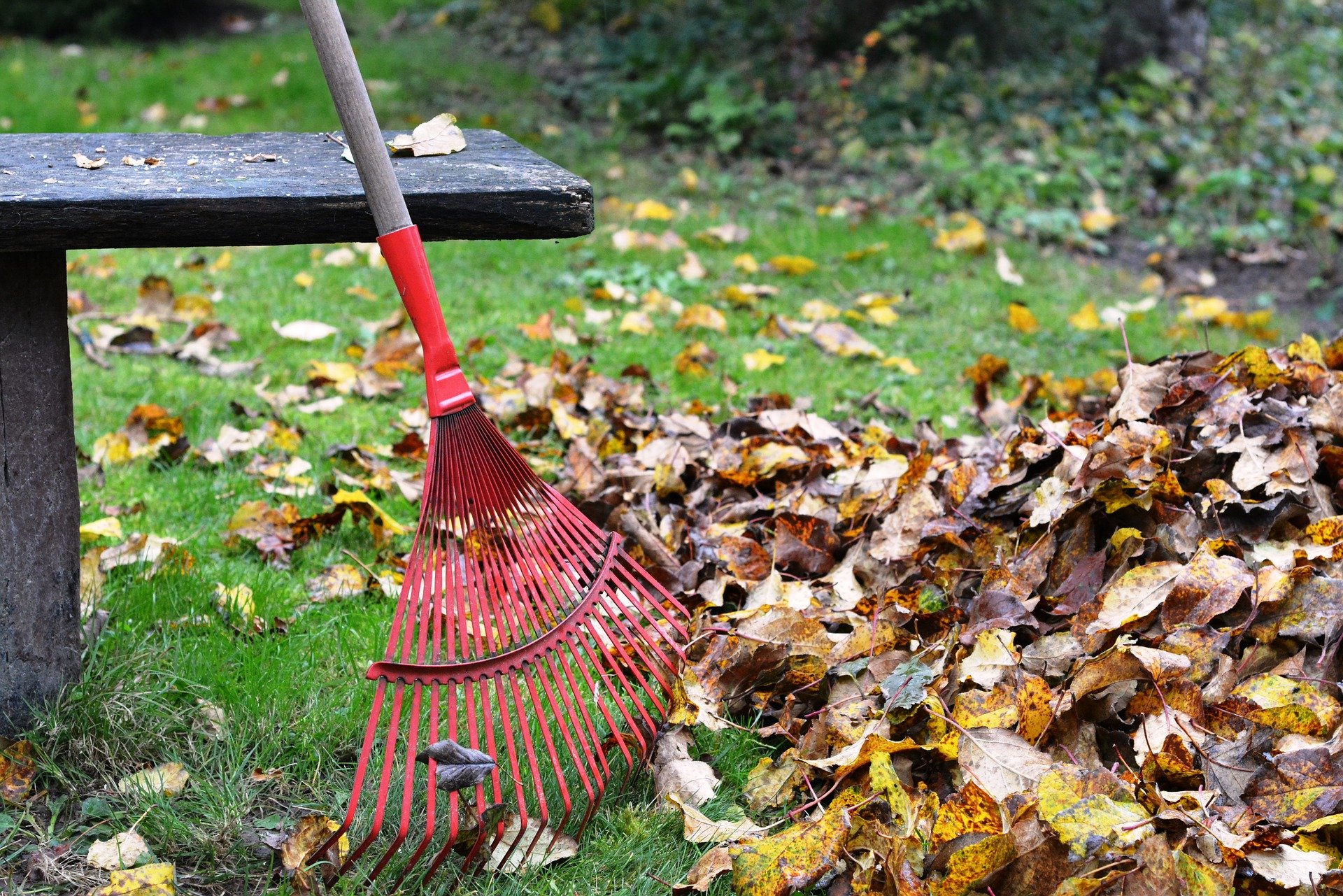 Many homeowners rake their lawns in the spring out of habit. This can help to rejuvenate your grass as long as you are careful when you rake. Many different types of grass develop a thatch to protect itself from the cold and wind in the winter. Sometimes, the thatch can be thick enough to block sunlight. Certain grasses, such as Bermuda grass can grow more thatch than it can break down into compost. You will want to rake this type.
Many homeowners rake their lawns in the spring out of habit. This can help to rejuvenate your grass as long as you are careful when you rake. Many different types of grass develop a thatch to protect itself from the cold and wind in the winter. Sometimes, the thatch can be thick enough to block sunlight. Certain grasses, such as Bermuda grass can grow more thatch than it can break down into compost. You will want to rake this type.
You can rake for thatch removal in the spring. You want to use a rake with metal or bamboo tines that are sharp enough to remove the thatch. However, you need to be very careful not to remove the new grass that is just emerging from dormancy. Try to rake gently to lift the thatch, and make sure that you aren’t pulling the new grass up with it.
Rake in the Spring to Remove Leaves and Debris
If you do not have thick thatch that is covering your grass and blocking the sun, you only need to do some cosmetic raking. You should use a rake that has plastic tines since this is more gentle and will be less likely to damage the grass. You should remove large piles of leaves that are cutting off your grass from water and sunlight, but you can leave leaves that are on the bottom of the pile.
Once you clear the bulk of the leaves, you can use a mower or a mulching blade to chop up the remaining leaves. This will protect your lawn and serve as fertilizer. You only want to rake the leaves if they are compacted and prevent your grass from receiving the sunlight. Grass is a plant, and it is dependent on the sun to grow. You should rake the leaves enough to make sure that sun and water can get through to the grass, but be gentle so that you do not damage the new grass that is growing.
Rake Your Grass After You Seed
Another time that you can rake your grass is after you spread seed. You will use a spreader to spread the seed but this doesn’t ensure that it reaches the soil below. The grass seed needs to come into contact with the soil so that it will germinate. It may sit on top of the grass if you do not rake after you spread seed.
You can take your rake and gently rake the grass to let the seeds fall down to the soil. The seeds do not need to be deep in the soil; in fact, as long as they reach the soil they will be able to germinate. If you have thin grass and the seed is directly on the soil, you do not need to rake. You are only raking over grass to make sure that the seeds reach the soil below.
Final Words – Does Raking Dead Grass Help It Grow?
The answer to this question is fairly straightforward. You cannot stimulate new growth if the grass is dead at the roots.
There are times when raking your grass is beneficial, even though you need to be careful. You should rake gently to make sure that you don’t damage the roots of the grass under the soil.
If you have large piles of leaves that are blocking the grass from sunlight and rain, you should remove them. Leave a thin layer of leaves on the lawn and run your mower or a mulching blade over them to break them down. They will serve as fertilizer to keep your lawn healthy.

